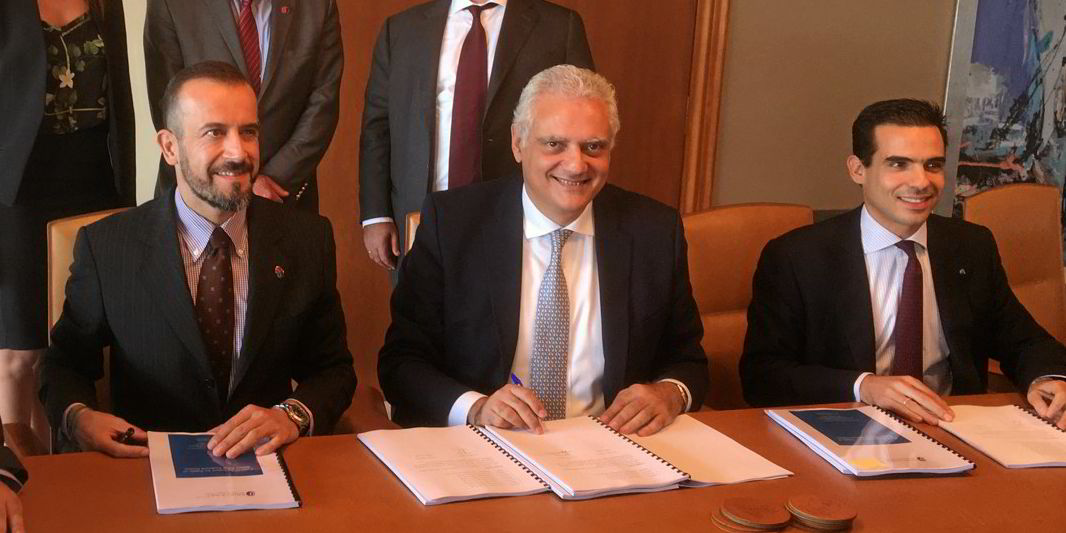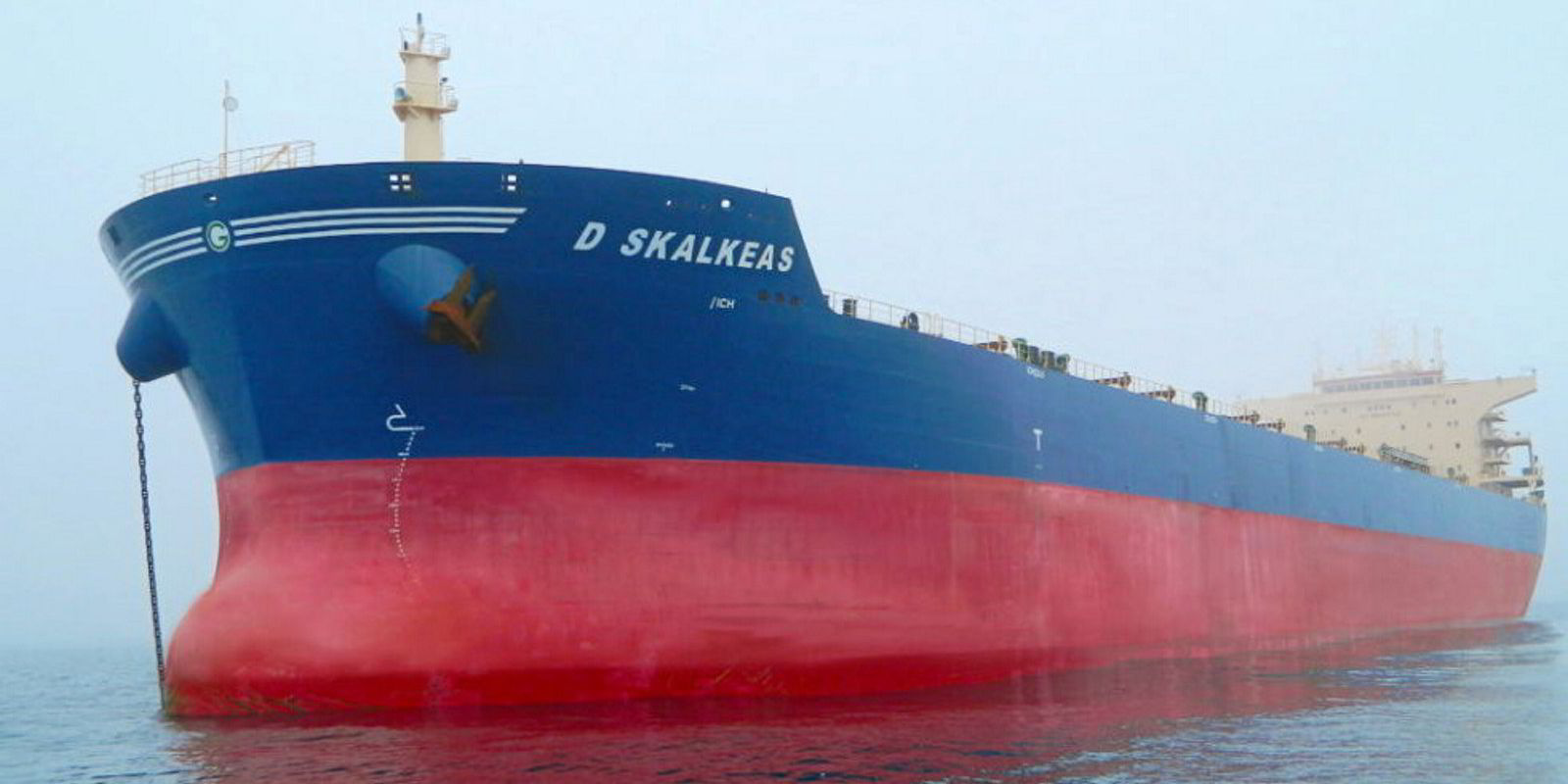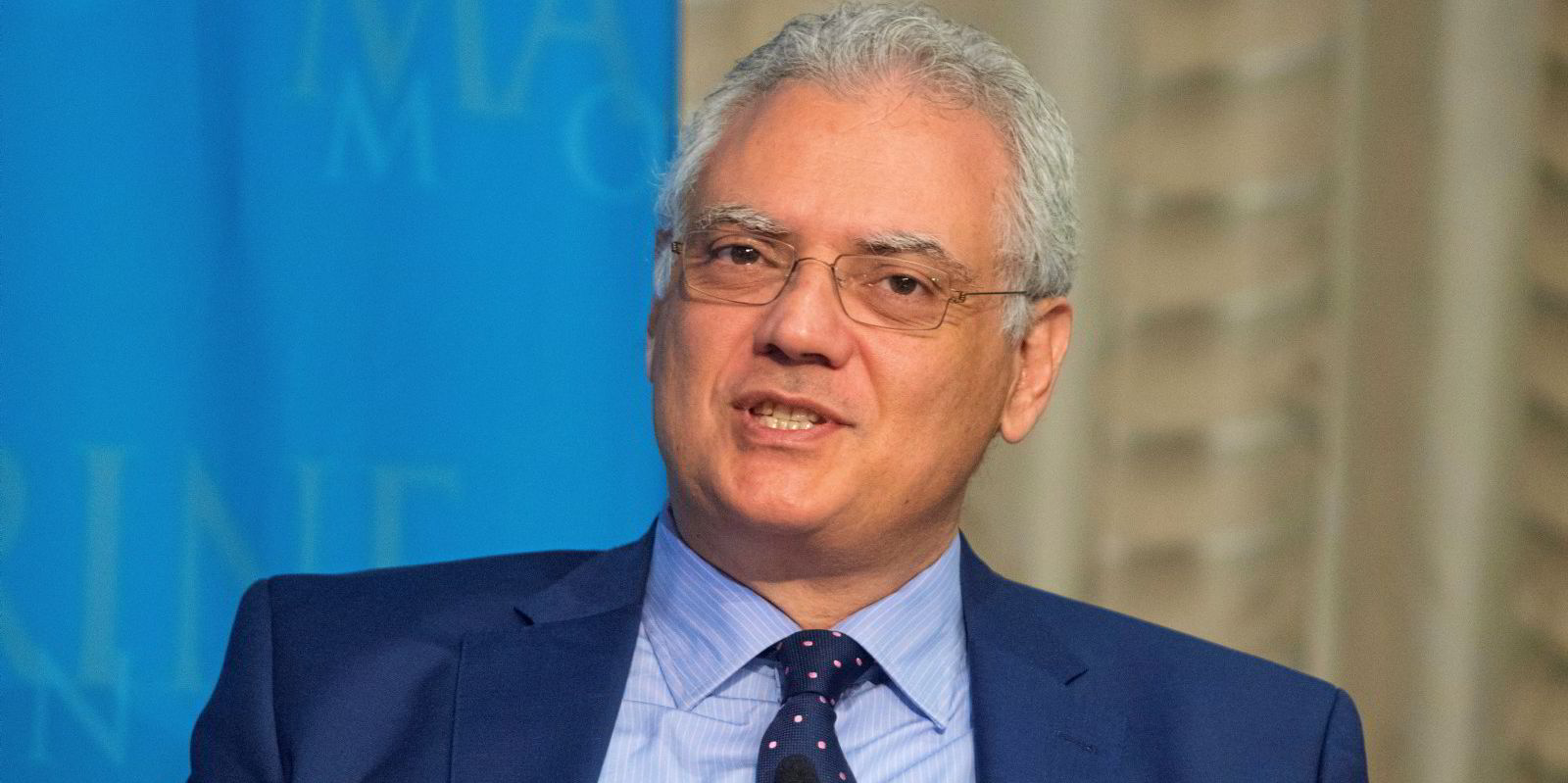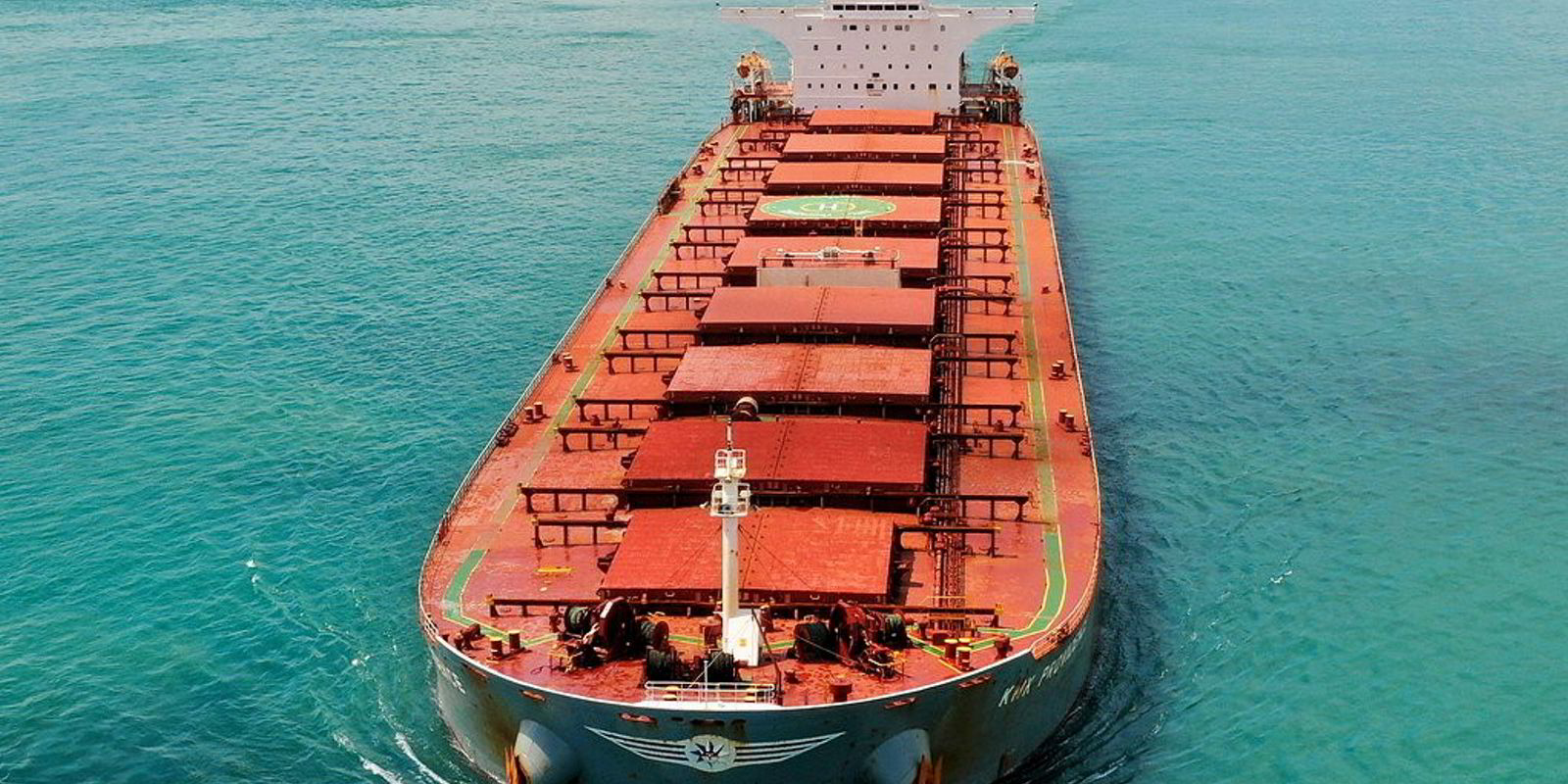The dry bulk sale-and-purchase market has moved from standing still to running hot.
A surfeit of confirmed or reported transactions over the past few days suggests that sellers and buyers have started finding common ground again, after several weeks of dry deal pipelines.
Brokers, analysts and shipping players agree that several factors had to come together to get the sector moving again.
First, prospective sellers accepted that ship values declined from their heady levels earlier this year and started marketing their vessels at more realistic levels.
The 74,800-dwt panamax Fortune Trader (built 2001) was reported sold in July for $11.9m. No such deal, however, materialised and the same sellers, which were fortunate enough to buy the ship for just $5.5m at an auction four years ago, are now reportedly receiving $9.3m for it.
On the buying side, prospective investors took heart as freight rates stabilised at profitable levels and some key transactions provided orientation in a previously wobbly market.
US-listed Safe Bulkers provided a much-needed reference point on 26 September, when it announced it was selling the 82,200-dwt Pedhoulas Trader (built 2006) to an undisclosed party for $15.8m, as TradeWinds reported.
“That deal provided an undisputed benchmark and helped crystallise the market,” one S&P broker told TradeWinds.
Market signals have been coming in thick and fast since.
The buyer of the Pedhoulas Trader turned out to be Minoa Marine, an Athens-based bulker specialist that swooped on a second kamsarmax at the same price — Alassia NewShips Management’s 83,000-dwt Cymona Gemini (built 2006).
These are the first ships that George Vassilakis-led Minoa has bought since 2020.

Speaking to TradeWinds, Vassilakis explained the acquisitions as part of the company’s standard policy of renewing its fleet with high-quality vessels.
Both the Pedhoulas Trader and Cymona Gemini were built at Tsuneishi’s Tadotsu Shipbuilding in Japan and managed by companies of the Greek-Cypriot Hadjiioannou family, which has a reputation for managing such assets well.
Rekindled appetite
Buyers find it easier to make such acquisitions amid declining asset values and profitable freight rates.
“The reduction of dry bulk secondhand asset prices during the past two months has started to increase shipowners’ buying appetite,” Xclusiv Shipbrokers said in a report on 3 October.
“Freight levels have come off and are presently flat across most segments, but are not so low as to detract buyers from investing in ships,” wrote Doric, another Athens-based brokerage.
Rekindled buying interest has even led to some values rising again.
“Following constantly dropping prices during the third quarter, the final days of September revealed firmer activity and upward asset value movements for the first time since the end of June in the case of panamaxes and capes,” wrote Eva Tzima, head of research at Seaborne Shipbrokers.
The 82,300-dwt Alexandra (built 2006), another kamsarmax built at Tadotsu, may be a case in point.
According to ship management sources, Greece’s Neda Maritime agreed to sell the vessel to Turkish interests — believed by some to be Ince Denizcilik — for about $16.5m.
Istanbul-based buyers are likely on the prowl for capesizes as well. Unidentified Turks are said to be spending about $17.3m on the 177,200-dwt Shinyo Guardian (built 2005).
Shipping sources, on the other hand, offer no clue as to who the buyers of the 93,300-dwt D Skalkeas (built 2011) might be.
This is the biggest bulker in the fleet of Greece’s Goldenport Shipmanagement, which brokers in Athens and the US say sold for about $20m.
Meanwhile, US-listed Navios Maritime Holdings, which last month sold its first bulker in a year, is now said to be shaking out another such vessel — the 55,700-dwt Navios Ulysses (built 2005) to Chinese buyers for $14.5m.
Another public company, Norden, seems to be taking advantage of the buying appetite to continue a bulker sale drive it had interrupted in the summer.
Several brokers report the Copenhagen-listed company as parting with the 62,600-dwt scrubber-fitted Nord Barents (built 2019) in a $33.3m deal with an unidentified Greek buyer.
Both Navios Maritime and Norden do not discuss S&P matters outside official announcements.
The question analysts are now asking themselves is if busy S&P markets will likely continue. Some of them believe that the freight market will have to improve a little to keep the sweet spot between sellers and buyers alive.
“If the freight market doesn’t firm up, it will negatively affect vessel values further and we may see this sweet spot move into our rearview mirror,” Doric said.






